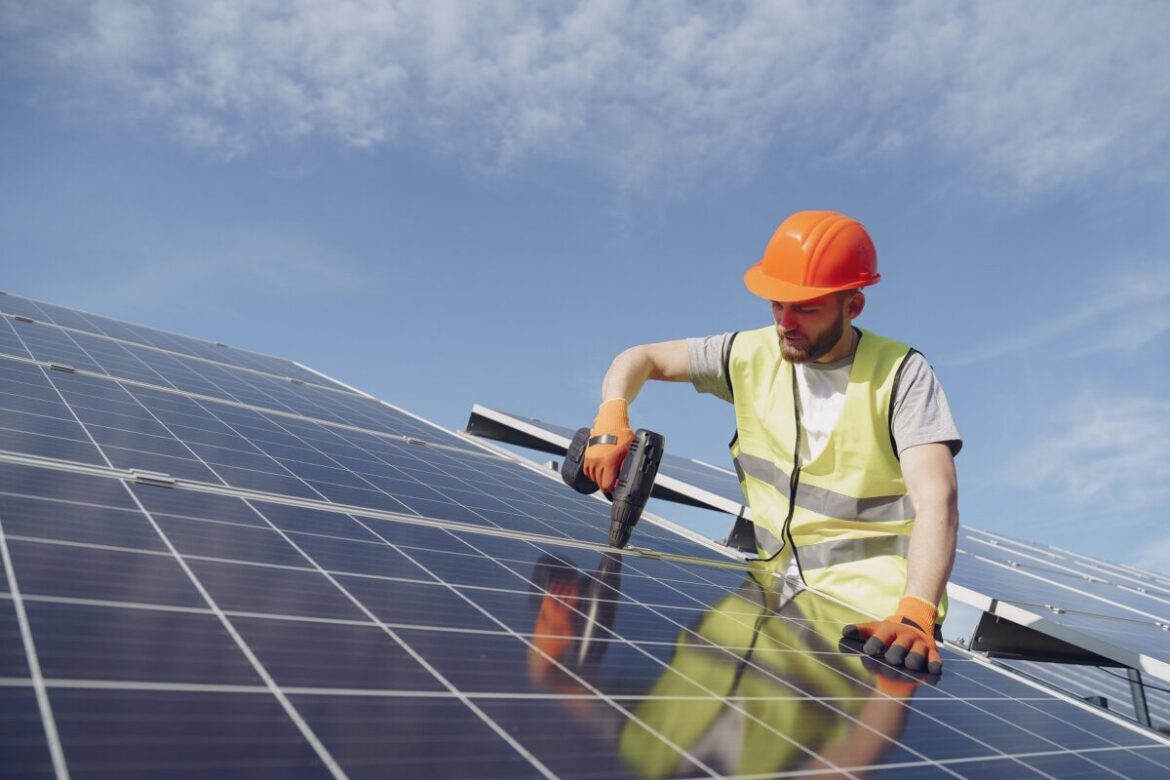The global energy transition hit a symbolic milestone in 2024. According to the latest report from the International Renewable Energy Agency (IRENA), global renewable energy capacity reached 4,448 gigawatts (GW)—a record increase of 585 GW, or 15.1%.
Solar and wind power were the primary drivers of this growth, accounting for 96.6% of new installations. Solar photovoltaic (PV) capacity surged by 452 GW (+32.2%), while wind power added 113 GW. This rapid expansion is gradually eclipsing the fossil fuel era.
In contrast, coal-fired power is in historic decline. Global Energy Monitor’s Boom and Bust Coal 2025 report shows that only 44 GW of new coal capacity was added in 2024—the lowest level in two decades. After subtracting 25.2 GW of retired capacity, the net gain stood at just 18.8 GW.
Excluding China, the global balance was negative (-9.2 GW), indicating a rapid global retreat from coal.
Asia maintained its role as the engine of renewable growth, accounting for 72% of new global installations. China alone contributed 373.6 GW, or nearly 64% of the world’s total increase.
By contrast, Africa remains on the sidelines of the energy transition, adding only 4.2 GW—mostly from Egypt, Ethiopia, and South Africa.
Ironically, some African countries like Zambia and Zimbabwe, with backing from Chinese investors, are still developing coal-fired power plants, highlighting a disconnect in the global decarbonization effort
From 2015 to 2024, coal plant development outside China and India plummeted by 82%, from 445 GW to 80 GW.
Massive investments in mega-solar and wind farms across Asia have accelerated this trend, relegating coal to the margins of the global energy mix.
While 2024 underscores the rise of renewables, several challenges could hinder further progress:
- Geopolitical Ambiguity
China, while leading in solar and wind, continues to fund coal projects abroad—especially in Africa—exporting a dual-track development model. This underlines how the transition is still shaped by strategic interests. - Global Inequality
Africa’s marginal role—accounting for less than 1% of global renewable growth—exposes the continent’s limited access to green financing. Without stronger mechanisms like technology transfer and concessional loans, Africa risks remaining both fossil-fuel dependent and climate vulnerable. - Infrastructure Bottlenecks
The intermittent nature of renewable energy demands smarter grids and energy storage. Yet only 12% of global energy investments currently support these technologies. Without rapid progress, grid stability could suffer.
Despite the decline in new coal investments, coal still supplies 35% of global electricity, with 2,400 GW of capacity—half of it in China—still in operation.
Shutting down these plants ahead of schedule will require not only financial support but also robust social transition plans, especially in emerging economies.
The energy transition is well underway—but whether it becomes a truly global success depends on inclusive policies, sustained investment, and international cooperation.
![]()




